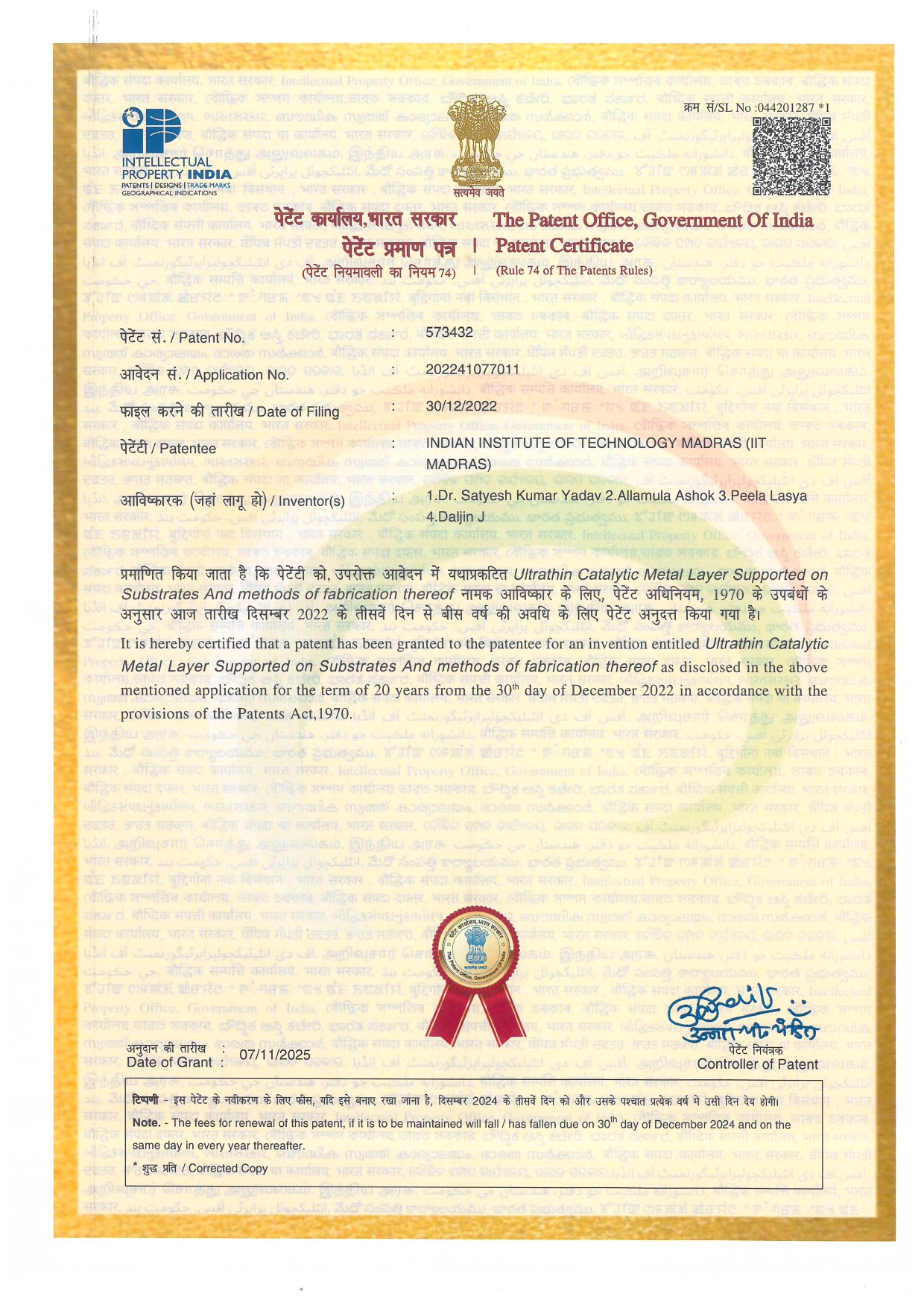The Department of Metallurgical and Materials was established in 1959 as the Department of Metallurgy. It was renamed the Department of Metallurgical and Materials Engineering in 2003. ...
Welcome to the Department of Metallurgical and Materials Engineering. We are one of the oldest departments of IIT Madras, established in the same year as the Institute in 1959. In the first few decades of its existence, then known as the Department of Metallurgy, the focus was more on industrial metallurgy. However, over the past few decades, the department changed to the Department of Metallurgical and Materials Engineering to adapt to the transformations and expectations woarldwide in diverse materials science and engineering areaas. Several faculty members of the department in recent times have taken the lead in establishing prospective centres of excellence in the areas of advanced/correlative microscopy, materials and manufacturing for futuristic mobility that includes additive manufacturing, ceramic technologies and surface engineering.

 Read our department magazine, Etch
Read our department magazine, Etch

8 November 2025
We are happy to share the news that Prof. Satyesh Yadav and his students Mr. Allamula Ashok, Mr. Daljin J, and Ms.Peela Lasya have been granted a patent for Ultrathin Catalytic Metal Layer Supported on Substrates and Methods of Fabrication Thereof. Hearty congratulations to Prof. Satyesh and his students and wish them more success in their future endeavours.
6 November 2025
We are happy to inform you that Prof. Shukla has been invited to join the editorial board of "Ironmaking and Steelmaking" journal. Hearty congratulations and best wishes to Prof. Shukla.
24 October 2025
We are happy to share that Prof. Phanikumar has been inducted as an expert member of Lab Research Council of DMRL. This is a well deserved recognition of his professional contributions and wish him all the best in his advisory role as part of Lab Research Council.
| Subject | Date |
|---|---|
| 14 November 2025 | |
| 26 May 2025 | |
| 22 April 2025 | |
| 12 December 2024 | |
| 13 November 2024 |